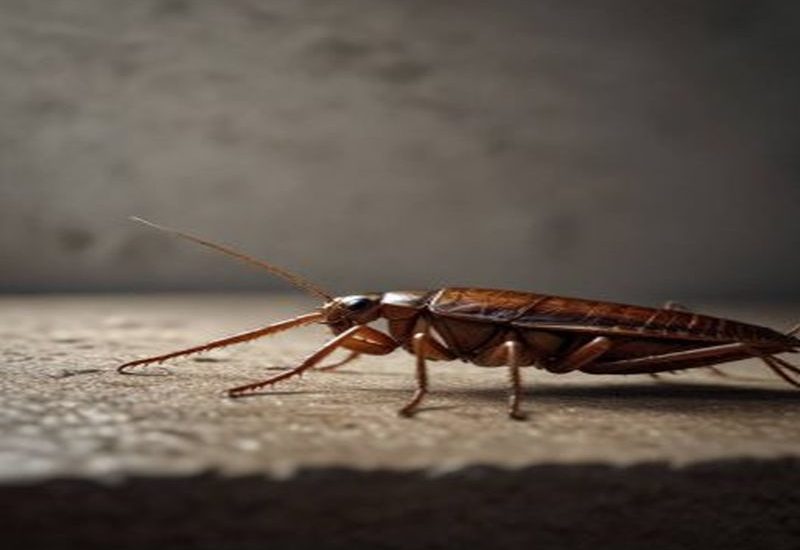Safe Pest Control for Non-Profit Organizations
Non-profit organizations play a significant role in addressing various social issues and providing essential services to communities. However, like any other business or institution, non-profits are not exempt from pest infestations. Pests can cause damage to property, spread diseases, and disrupt operations in non-profit organizations. As a result, it is crucial for these organizations to have effective pest control measures in place.
Non-profit organizations often face challenges when it comes to budgeting and resource allocation. The cost of hiring professional pest control services may not be a priority for these organizations, as they focus on their missions and making the most of their limited resources. However, failure to address pests can have serious consequences.
One major concern is the health and safety of employees, volunteers, clients and visitors. Pests such as rodents and cockroaches carry harmful bacteria that can contaminate food or surfaces in non-profits that provide meals or services to vulnerable populations. This poses a health risk for those served by the organization.
Pests also pose a threat to the structural integrity of buildings. Termites can cause damage worth thousands of dollars by eating away at wooden structures. Rats can chew through wires and cause electrical fires which can be devastating for non-profits https://www.fyple.biz/company/safe-pest-control-9zh1xxr/ with limited budgets for repairs or replacement equipment.
In addition to physical damages, pests also affect the reputation of non-profit organizations. Word about pest infestations spreads quickly especially if they are visible or causing disruptions in operations. This negative publicity may result in loss of trust from donors and members of the community who rely on services provided by these organizations.
Therefore, finding safe but effective methods for controlling pests is crucial for nonprofit organizations that want to protect their employees’ health as well as their overall mission.
One approach is using Integrated Pest Management (IPM). IPM focuses on prevention first before resorting to chemicals that may pose risks if not handled properly or expose clients with compromised immune systems such as children or elderly. IPM involves regular inspections, identifying and addressing the source of the infestation, and implementing non-toxic control methods such as sealing entry points to buildings or removing food sources for pests.
Another strategy is regular cleaning and maintenance. Pests thrive in places with access to food and shelter. Non-profits can reduce their chances of an infestation by implementing a strict cleaning regime that eliminates potential pest habitats like food crumbs, clutter or damp areas.
Training employees on identifying signs of pests and reporting them promptly can also help prevent extensive infestations. Employees in non-profits are closely involved with day-to-day operations; therefore they are likely to spot early signs of pests which can then be addressed immediately before it becomes a bigger problem.
Non-profit organizations should also consider partnering with professional pest control companies that offer safe, eco-friendly solutions for pest management. These companies have the expertise and equipment necessary to deal with different types of pest infestations effectively without posing risks to employees or clients.
In conclusion, effective pest control is crucial for non-profit organizations as it protects both their staff’s health and assets, reputation in the community, especially if they provide essential services for vulnerable populations. By implementing preventative measures such as IPM, regular maintenance practices, training employees,and partnering with professionals when needed; non-profits can mitigate the risks associated with pest infestations while remaining focused on fulfilling their missions.



